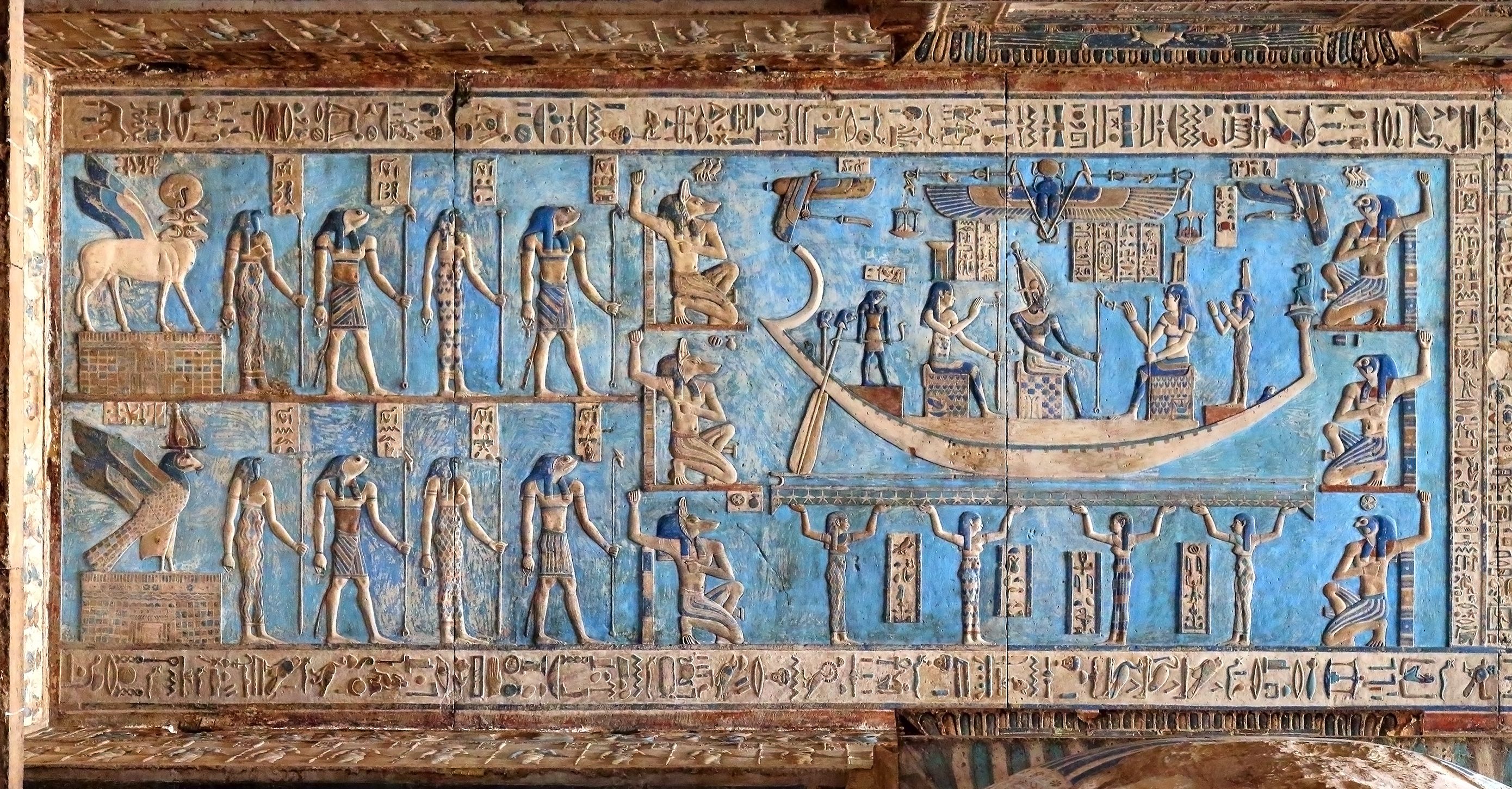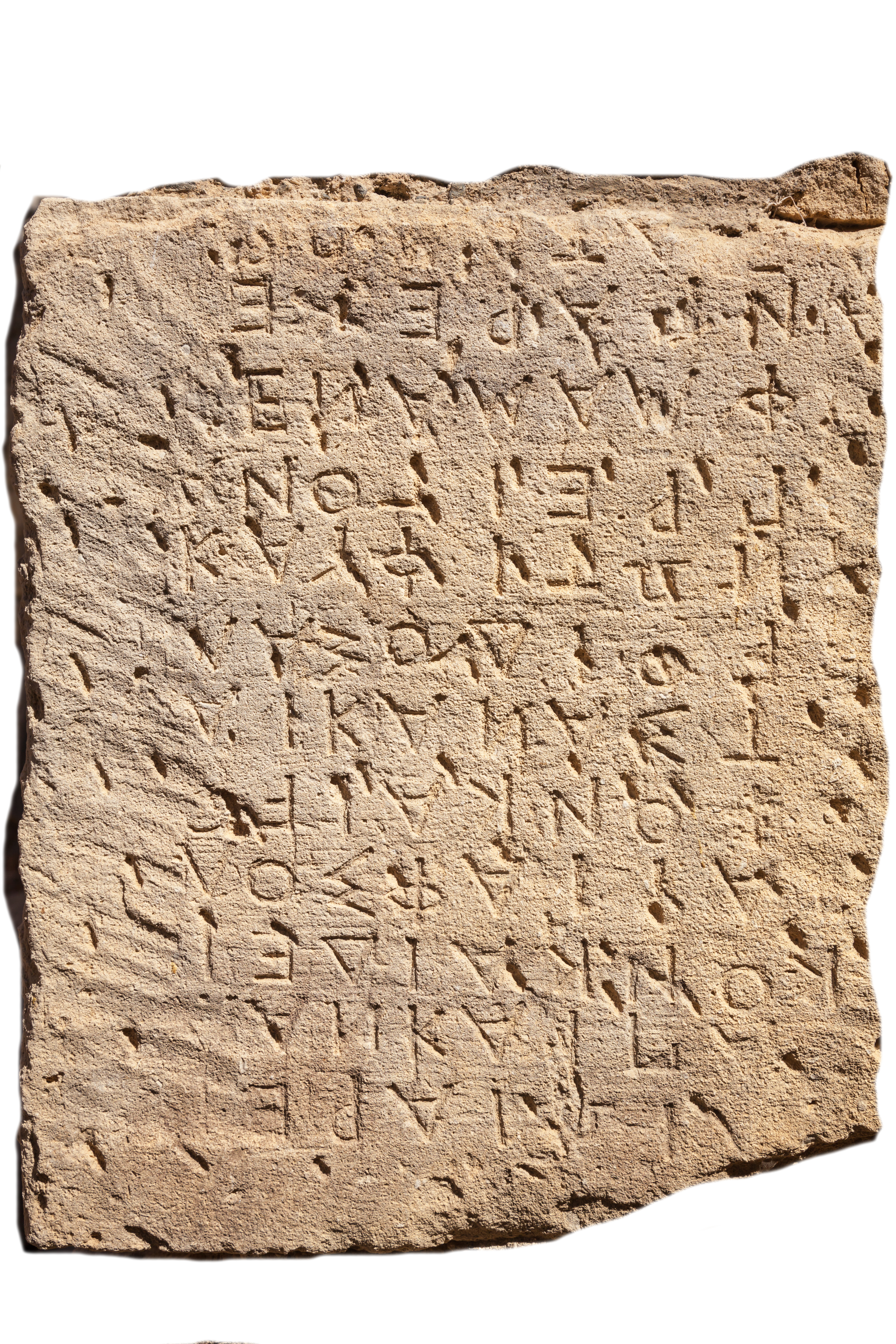Bronze Age Discoveries

You may ask yourself, what did the Bronze Age ever do for us, well it was actually a period of invention and transformation, so read on and find out more.

When was the Bronze Age?
The 19th century Danish scholar Chrisian Juergensen Thomsen was the first scholar to divide periods of prehistory according to the materials that were used, namely the Stone, Bronze and Iron Ages. The period in history in which bronze was first exploited, the Bronze Age, occurred in different centuries in diverse parts of the world. In the Balkans, the Bronze Age began in the 5th millennium, while, in Mesopotamia, this happened around 3500 BCE and in the Greek world shortly thereafter. In contrast, the Bronze Age only began in the British Isles around 2100 BCE and in Japan in 300 BCE. The production of bronze, which is an alloy of copper and tin, required the ability to smelt copper at the relatively high heat of 1085 degrees Celsius and to mix it with tin at just the right amounts, namely around 12% tin and 88% copper, though other materials, such as zinc, aluminium and arsenic were sometimes added. The manufacture of bronze also required access to copper and tin ores, which were not common and not found together. All of these elements had to come together to produce tools and objects never before envisaged which made the Bronze Age a period of invention and transformation.
The Wheel
The manufacturing of bronze was vital for the development of the wheel, in particular wheeled vehicles. To be sure, the invention of the wheel didn’t happen all at once in the Bronze age. Cultures in the Neolithic period used rollers to ease the transport of heavy and bulky items and the step from roller to wheel is not exponential. There are also examples of wooden wheels from the very beginning of the Bronze Age, showing that this technology existed in the Neolithic period. However, the oldest example of a wooden wheel that has been found, dating from the mid-4th Millenium B.C. has clear evidence of its being significantly inferior to examples that were later developed. In particular, the hole in the middle of the wheel, where the axle was inserted, is square, which indicates that the axle and wheel were unable to move independently of each other. This technique of making a wheeled vehicle by resting a platform on axled wheels had been in use for some time and while improvements were made, they always had the same problem of friction since wheel and axle still acted as one piece. One solution for reducing the friction was to shrink the size of the axle in terms of its diameter; but this led to smaller, narrower vehicles.
Cultures in the Neolithic and early Bronze Age were aware of the problem but did not have the means to solve it until the use of metal tools in the Bronze Age. The key was to have a circular hole in the wheel where the axle joined. The development of metal tools allowed craftsmen to shape and smooth the end of an axle to fit snugly into the hole they had made in the wheel. Such a smoothness minimised friction, which was improved by the addition of animal fats as a grease. This allowed the production of larger, stronger axles that would be able to take a heavier load. Furthermore, since the wheels on the same axle could move independently of each other the vehicle was much more manoeuvrable and better able to travel across uneven ground. The consequences of such wheeled vehicles in the fields of agriculture and warfare were fully exploited, giving impetus to an agricultural revolution and the use of chariots in battle.

Written Language
One of the most significant contributions of the Bronze was the development of writing systems, something essential for the running of complex societies and for the forming of relationships between states. Proto-writing systems, which conveyed basic ideas through pictograms, may have arisen as early as the Upper Palaeolithic. Most notably, in Mesopotamia, with the advent of pottery, basic information about goods and amounts were recorded on clay tokens. Cuneiform, a writing system based on wedge shaped impressions made on clay, developed from these early pictograms, and appears to be the first writing system. Adapted first to convey Sumerian, it was later adapted to express a variety of languages from Akkadian, Elamite and Luwian to Hittite. This logo-syllabic script developed from around 3300 BC, when it was made up, for the most part, of pictograms. With the passage of time, the script became complex and less ambiguous, becoming more phonological and less reliant on pictograms.
Given the close ties between Egypt and Mesopotamia, scholars had long argued that Egyptian hieroglyphs had developed form cuneiform, though it is now thought, on the basis inscriptions from Abydos, that the language systems in Mesopotamia and Egypt developed independently of each other. Both regions, which were burgeoning in the 4th millennium, invented writing systems because they were responding to the same need for better communication which could be conveyed over long distances. Indeed, the development of the writing systems may have occurred in the Bronze Age because the exploitation of copper and tin mines required the establishment of complicated networks across vast distances, necessitating the recording of better accounts and clearer correspondence between disparate peoples.
The First Lingua Franca
As a result of the astonishing amount of trade and diplomacy that developed by the Late Bronze Age, the period saw the rise of the first lingua franca, Akkadian, a language which facilitated relationships between the five major kingdoms of the epoch, namely Egypt, the Hurrians, Assyrians and Kassites in Mesopotamia, and Hittites in Anatolia. With the inevitable struggles for supremacy that ensued amongst these powers, the need to develop diplomacy became paramount and Akkadian fulfilled this role, reaching its height in the so-called Amarna period (fourteenth century BC). The foundations for this had been laid earlier as the cuneiform script of Akkadian began to be adopted by neighbouring peoples. Tablets from across Mesopotamia present the same text in Akkadian and local languages. Many of these texts are administrative records and letters while legal texts and treaties are solely in Akkadian, even in non-Akkadian speaking areas.
The development of a lingua franca allowed the development of internationalism, namely the forging of closer ties between the world’s first empires, which arose partly as a result of the increased prosperity through the trade in bronze. Shifting alliances between major powers saw figures who had been trained in bilingual scribe schools taking part in the increased diplomacy. We have letters that even mention names of interpreters that particular kings suggest should take part in their envoys’ missions to other kings. This diplomatic activity has left us with evidence of early rules for the waging of war: for example, there had to be a clear declaration, together with details of the ways in which diplomacy had failed, gods were called upon and there were rules on conduct in battle. The Bronze Age also witnessed the signing of the first peace treaty, the so-called Treaty of Kadesh between the Egyptian and Hittites of 1259 BC, which was originally inscribed on silver tablets, copies of which have astonishingly survived in both Hattusa and on the Temple of Karnak and on the Ramesseum in Egypt. Such widely accepted and clearly outlined rules and treaties were made possible and enhanced by having a lingua franca.
Akkadian also had an influence on international trade. A lingua franca allowed merchants and local authorities to know more clearly the obligations they had to each other. This was particularly valuable for merchants crossing territories as they could be issued with letters acting much like a passport that could exempt them from local taxes and allow them safe transit. The common understanding presented by a lingua franca saw developments in rules regarding seaborne trade. Akkadian has given us one of the earliest examples of bottomry: the code of Hammurabi from 1750 BCE outlines the rules that allow a merchant to pledge his ship’s cargo as surety for a loan, including procedures should an Act of God intervene. The extensive international relations we see in the Bronze Age are at the same time a symptom and a cause of Akkadian’s being a lingua franca.

